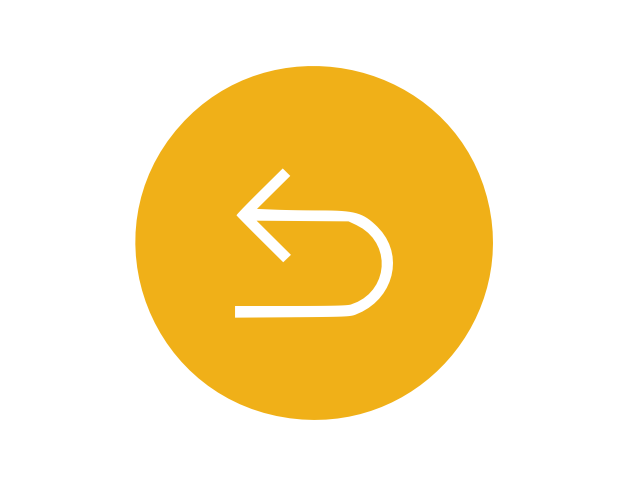Attention deficit hyperactivity disorder (ADHD) in children
It is a group of behavioural symptoms that include inattentiveness, hyperactivity and impulsiveness.
Symptoms of ADHD tend to be noticed at an early age and may become more noticeable when a child's circumstances change, such as when they start school. Most cases are diagnosed when children are 6 to 12 years old.
The symptoms of ADHD usually improve with age, but many adults who are diagnosed with the condition at a young age continue to experience problems.
People with ADHD may also have additional problems, such as sleep and anxiety disorders.
What are the signs of ADHD in children?
The symptoms of attention deficit hyperactivity disorder (ADHD) can be categorized into two types of behavioral problems.
These categories are:
- inattentiveness
- hyperactivity and impulsiveness
Most people with ADHD have problems that fall into both these categories, but this isn't always the case.
For example, some people with the condition may have problems with inattentiveness, but not with hyperactivity or impulsiveness. This form of ADHD is also known as attention deficit disorder (ADD). ADD can sometimes go unnoticed because the symptoms may be less obvious.
The symptoms of ADHD in children and teenagers are well defined, and they're usually noticeable before the age of six. They occur in more than one situation, such as at home and at school.
The main signs of each behavioral problem are detailed below.
Inattentiveness
The main signs of inattentiveness are:
- having a short attention span and being easily distracted
- making careless mistakes – for example, in schoolwork
- appearing forgetful or losing things
- being unable to stick at tasks that are tedious or time-consuming
- appearing to be unable to listen to or carry out instructions
- constantly changing activity or task
- Having difficulty organizing tasks
Hyperactivity and impulsiveness
The main signs of hyperactivity and impulsiveness are:
- being unable to sit still, especially in calm or quiet surroundings
- constantly fidgeting
- being unable to concentrate on tasks
- excessive physical movement
- excessive talking
- being unable to wait their turn
- acting without thinking
- interrupting conversations
- little or no sense of danger
These symptoms can cause significant problems in a child's life, such as underachievement at school, poor social interaction with other children and adults, and problems with discipline.
If you think your child has ADHD
Looking after a child with ADHD can be challenging, but it's important to remember that they can't help their behavior.
If you think your child has ADHD, make an appointment with them to see your GP.
If necessary they can refer your child to their local child and adolescent mental health service (CAMHS) in Kiarong for specialist help.
If you need urgent help outside of working hour, please visit Accident and Emergency Department at RIPAS Hospital.
Treatment and therapies
Treatment for attention deficit hyperactivity disorder (ADHD) can help relieve the symptoms and make the condition much less of a problem in day-to-day life.
ADHD can be treated using medication or therapy, but a combination of both is often best.
Medication
There are different types of medication licensed for the treatment of ADHD. The one used in Brunei is methylphenidate.
These medications aren't a permanent cure for ADHD, but may help someone with the condition concentrate better, be less impulsive, feel calmer, and learn and practice new skills.
Some medications need to be taken every day, but some can be taken just on school days. Treatment breaks are occasionally recommended, to assess whether the medication is still needed.
Your specialist will discuss how long you should take your treatment but, in many cases, treatment is continued for as long as it is helping.
Methylphenidate
Methylphenidate is the most commonly used medication for ADHD. It belongs to a group of medicines called stimulants that work by increasing activity in the brain, particularly in areas that play a part in controlling attention and behavior.
Methylphenidate can be used by teenagers and children with ADHD over the age of six.
Common side effects of methylphenidate include:
- a small increase in blood pressure and heart rate
- loss of appetite, which can lead to weight loss or poor weight gain
- trouble sleeping
- headaches
- stomach aches
- mood swings
Your CAMHS doctor will discuss these with you.
Therapy
As well as taking medication, different therapies can be useful in treating ADHD in children, teenagers and adults. Therapy is also effective in treating additional problems, such as conduct or anxiety disorders, that may appear with ADHD.
Some of the therapies that may be used are outlined below.
Psychoeducation
Psychoeducation means that you or your child will be encouraged to discuss ADHD and how it affects you. It can help children, teenagers and adults make sense of being diagnosed with ADHD, and can help you to cope and live with the condition.
Behavior therapy
Behavior therapy provides support for carers of children with ADHD, and may involve teachers as well as parents. Behavior therapy usually involves behavior management, which uses a system of rewards to encourage your child to try to control their ADHD.
Cognitive behavioral therapy (CBT)
Cognitive behavioral therapy (CBT) is a talking therapy that can help you manage your problems by changing the way you think and behave. A CBT therapist would try to change how your child feels about a situation, which would in turn potentially change their behavior.
SOURCE:
www.nhs.uk
(Back to main page) 
